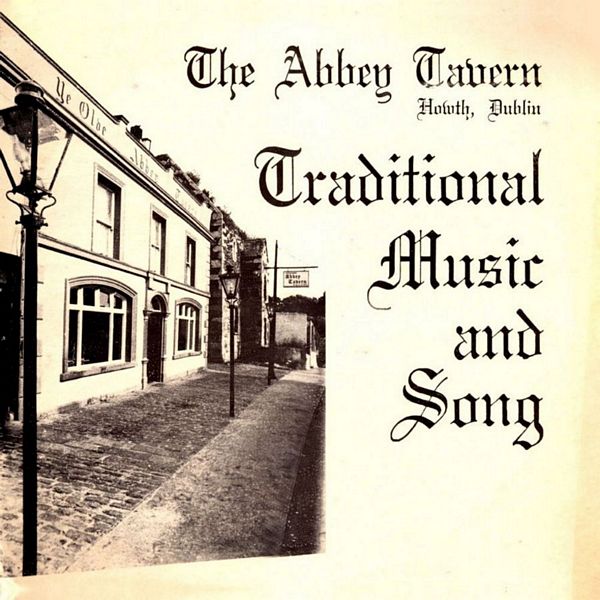

Sleeve Notes
From very early times the Irish were celebrated for their skill in music. Our native literature abounds in references to music and to skilful musicians who were always spoken of in terms of the utmost respect.
During the long period when learning flourished in Ireland. Irish professors and teachers of music were almost as much in demand in foreign countries as those of literature and philosophy.
Giraldus Cambrensis, who accompanied the early Normans to Ireland in the twelfth century and who seldom had a good word for anything Irish, speaks of the Irish musicians as follows:—"They are incomparably more skilful than any other nation I have ever seen. For their manner of playing on these instruments is not slow or harsh, but lively and rapid, while the melody is both sweet and sprightly. It is astonishing that in so complex and rapid a movement of the fingers the musical proportions (as to time) can be preserved; and that throughout the difficult modulations on their various instruments the harmony is completed with such a sweet rapidity." For centuries after the time of Giraldus music continued to be cultivated uninterruptedly; and there was an unbroken succession of great professional musicians, who maintained their ancient pre-eminence down to the nineteenth century. Most of the music was memorised and passed on from generation to generation.
Resident in the Abbey Tavern are two distinct groups of musicians who each present us with a colourful selection of traditional music which reflects a rich diversity in styles and instruments as delightful as the diversity of the Irish landscape.
There is an ever increasing demand for a record of this kind for all who wish to hear genuine traditional music rendered in an authentic manner.
Nestling against the ancient ruins of Howth Abbey, amid picturesque scenery of mountain and sea, with the lovely fishing harbour and jewel-like islands of Lambay and Ireland's Eye below, is The Abbey Tavern, an ideal spot in which to spend an evening in the genuine atmosphere of old Ireland.
The Tavern itself is well- known for its high-class fare. To it people make gastronomic pilgrimages for its sea food suppers. The note is of welcome—the warm céad míle fáilte of the Irish hearth, whose inimitable something has been captured and held there for your enjoyment.
There are no neon signs, no chromium, no insistent blaze of lights nor blare of music. Instead, as you sit in your sugan chair, beside the open turf fire with its pot hanging on the crane—and its pot oven seated complacently on the hearth, you will be reminded of the yesterdays of Irish home life—the joys, the sadness. the strife and the deep content by the homely things about you—the spinning-wheels, the griddle hanging on the wall, the creels used for carrying the turf and the collar from the quiet donkey who used to bring it from the bog.